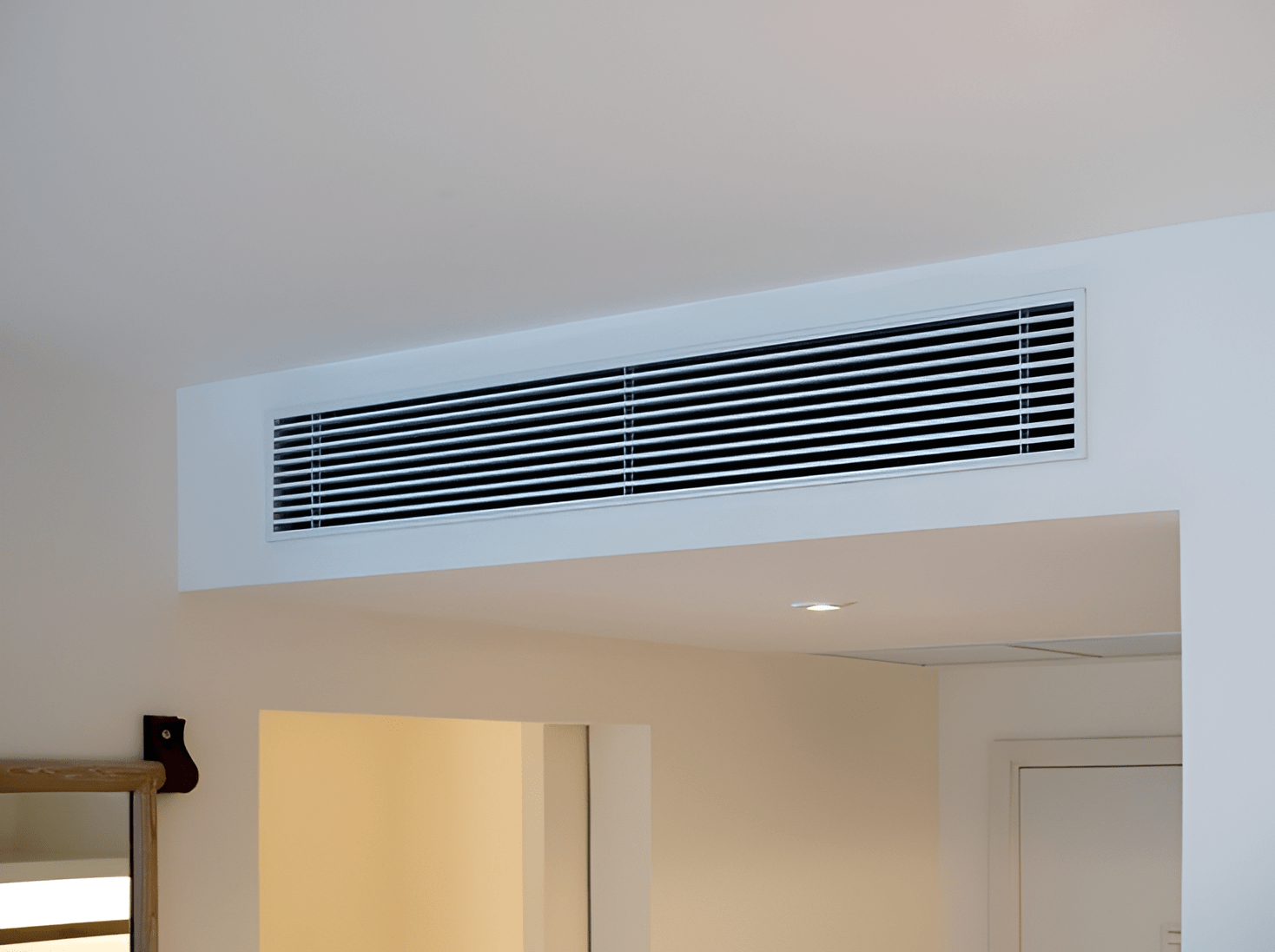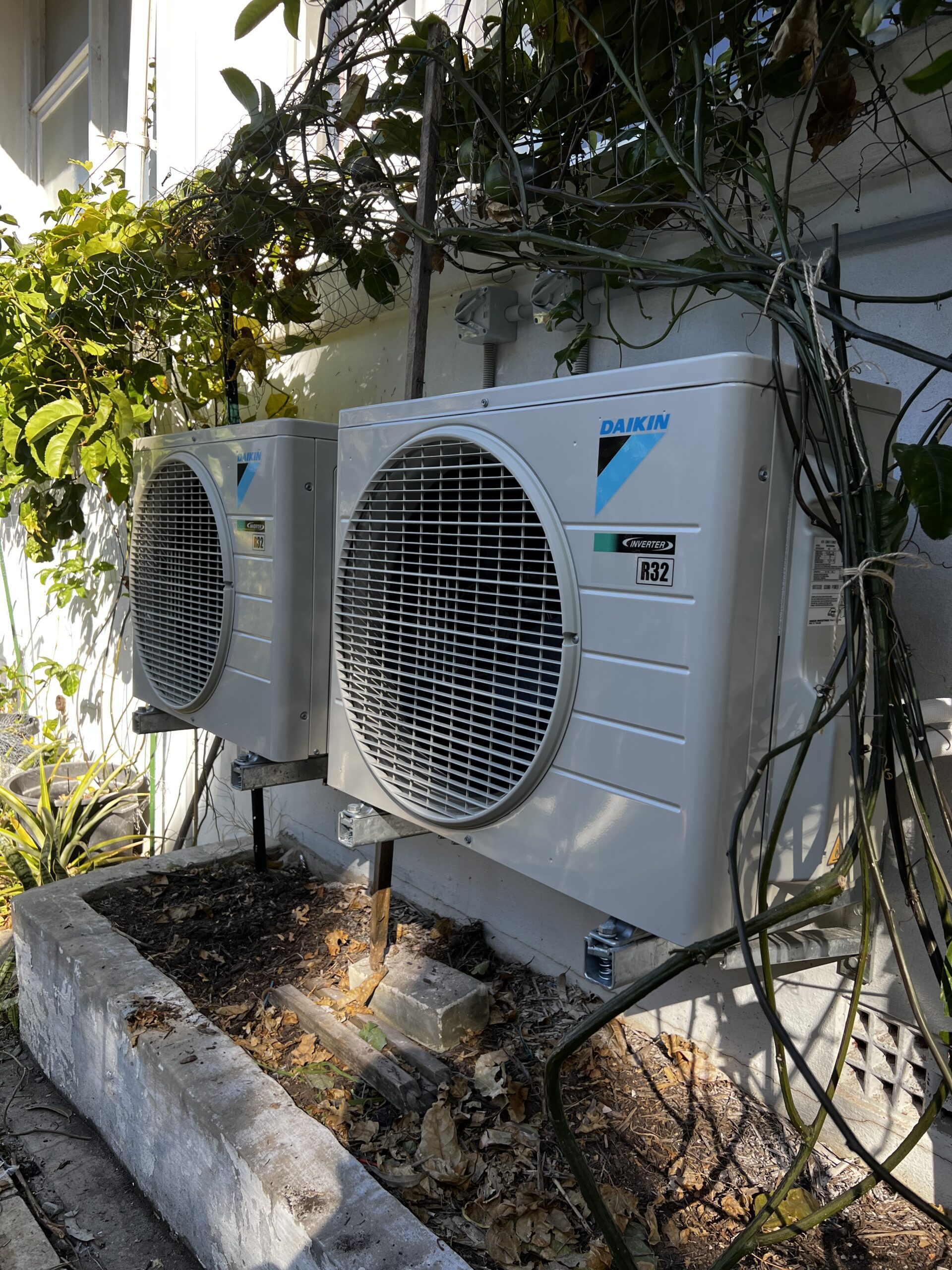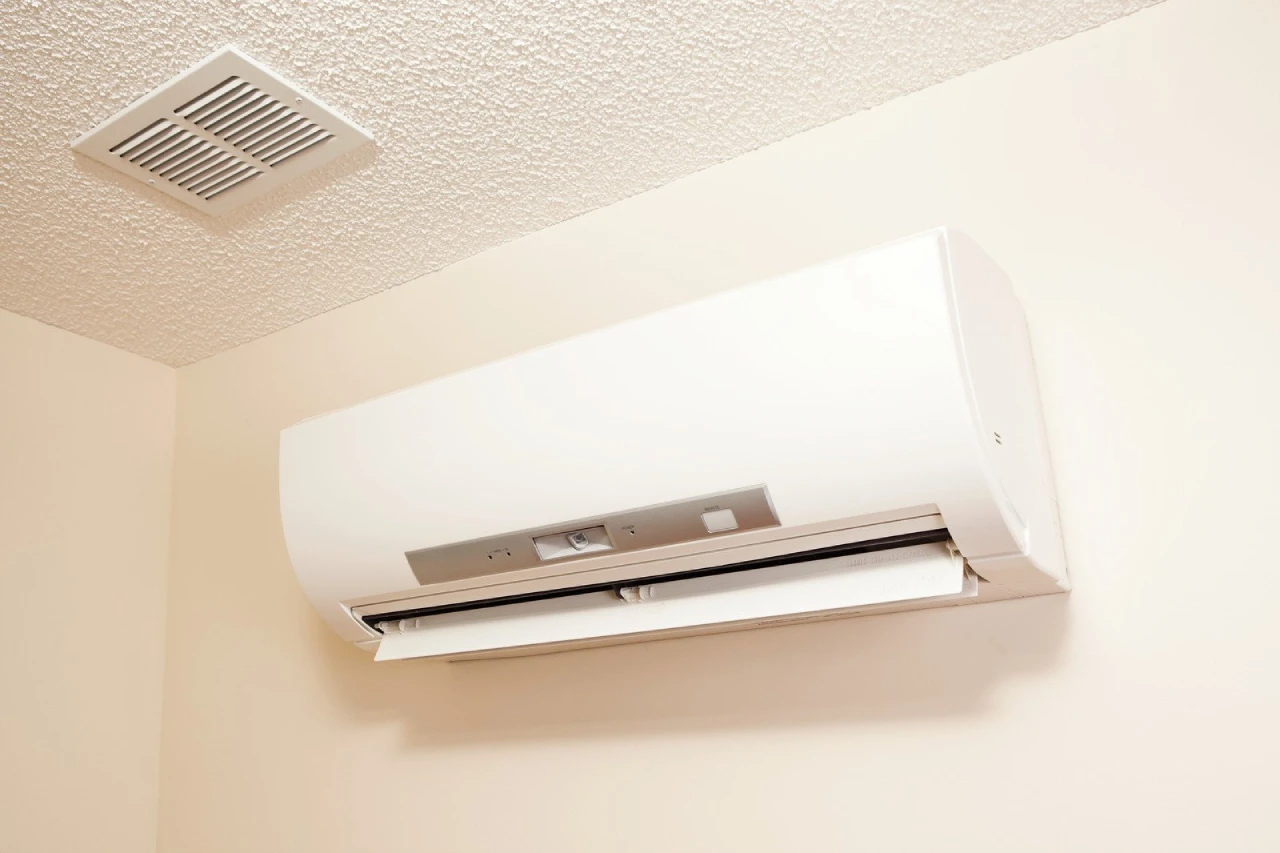Installing a new air conditioner is a significant step towards a more comfortable home. But did you know that where you place your unit can dramatically impact its performance and efficiency?
Choosing the optimal location for both your indoor and outdoor air conditioning units is crucial. It affects how effectively your home is cooled or heated, your energy bills, and even the lifespan of your system.
This guide will walk you through the key considerations for selecting the best spot for your new air conditioner. We’ll cover everything from maximising airflow to minimising noise, ensuring your investment provides optimal comfort for years to come.
The Importance of Strategic Placement
Maximising Efficiency and Performance
Proper placement of your air conditioner is not just about aesthetics. It’s fundamentally about maximising its efficiency and performance. An incorrectly placed unit might struggle to cool your space effectively. This leads to longer running times and higher energy consumption.
Strategic placement ensures that conditioned air circulates optimally. It allows the system to reach your desired temperature quickly and maintain it consistently.
This translates directly into lower energy bills and a more comfortable living environment.
Enhancing Comfort and Air Quality
The location of your indoor unit directly influences your comfort. A well-placed unit distributes air evenly, eliminating hot or cold spots.
It also plays a role in air quality. Units placed away from dust-generating areas can draw in cleaner air, improving the effectiveness of their filtration systems.
Optimal placement contributes to a healthier indoor environment. It ensures consistent temperatures and better air circulation throughout your home.
Minimising Noise and Aesthetic Impact
Air conditioners, especially outdoor units, can generate noise. Thoughtful placement can significantly reduce noise disturbance for you and your neighbours.
Consider the aesthetic impact as well. While functionality is paramount, integrating the units discreetly into your home’s design can enhance curb appeal.
Balancing performance with minimal visual and auditory intrusion is key to a successful installation.
Indoor Unit Placement: Where to Put Your Split System
Optimal Height for Wall-Mounted Units
For split system air conditioners, the indoor unit is typically mounted high on a wall. The ideal height is generally between 2 to 2.5 metres (7-8 feet) from the floor. This placement is strategic because cool air naturally sinks. Mounting the unit high allows the conditioned air to fall and mix with the warmer air in the room, ensuring even distribution. It helps to create a more consistent temperature throughout the space, preventing cold spots near the unit and warmer areas further away.
Central Location for Even Airflow
Positioning the indoor unit in a central location within the room is crucial for optimal airflow. This allows the air to circulate freely and reach all corners of the space. Avoid placing the unit in a corner or behind large furniture. These obstructions can block the airflow and reduce the unit’s effectiveness. The goal is to have an unobstructed path for the conditioned air to spread throughout the room, maximising comfort and efficiency.
Avoiding Heat Sources and Direct Sunlight
It’s vital to install the indoor unit away from direct heat sources. This includes appliances like televisions, lamps, and ovens, as well as areas exposed to direct sunlight. Heat sources can interfere with the thermostat’s readings. This might cause the unit to work harder than necessary, leading to increased energy consumption. Direct sunlight can also trick the thermostat into thinking the room is warmer than it is. This results in the unit overcooling the space and wasting energy.
Considerations for Bedrooms and Living Areas
In bedrooms, consider noise levels. While indoor units are generally quiet, placing them away from the immediate vicinity of the bed can enhance sleep quality. For living rooms and open-plan areas, strategic placement is even more critical. The unit should be able to effectively cool the entire space without creating uncomfortable drafts. Think about the main areas where people gather. Ensure the unit can provide consistent comfort without being directly aimed at seating areas.
Outdoor Unit Placement: Ensuring Efficiency and Longevity
Shade vs. Sun: The Efficiency Debate
There’s a common misconception that outdoor air conditioning units should always be in direct sunlight. In reality, placing your outdoor unit in a shaded area can significantly improve its efficiency. While units are designed to withstand direct sun, a shaded location helps the unit dissipate heat more effectively. This means it doesn’t have to work as hard, leading to energy savings. However, avoid completely enclosing the unit or placing it under dense trees. This can obstruct airflow and lead to debris accumulation, which can hinder performance.
Optimal Airflow and Clearance Requirements
Proper airflow around the outdoor unit is paramount for its efficient operation. The unit needs to draw in and expel air freely to dissipate heat effectively. Manufacturers specify minimum clearance requirements around the unit. These typically range from 300mm to 600mm on all sides, and often up to 2 metres in front of the fan discharge. Ignoring these clearances can lead to reduced efficiency, increased energy consumption, and premature wear on the unit. Ensure no plants, fences, or other obstructions are too close.
Minimising Noise for You and Your Neighbours
Outdoor air conditioning units produce noise during operation. Strategic placement can help minimise this disturbance for both your household and your neighbours. Position the unit away from bedrooms, living areas, and outdoor entertaining spaces. Also, consider your neighbours’ windows and outdoor areas. Placing the unit on a solid, level surface, such as a concrete pad, can also help reduce vibrations and noise transmission.
Protecting Your Unit from the Elements
In coastal areas like the Northern Beaches, the salt-laden air can accelerate corrosion of outdoor units. Consider units with enhanced corrosion resistance. Regular cleaning of the outdoor coil is even more critical in these environments to remove salt and debris. This helps maintain efficiency and extends the unit’s lifespan. Ensure the area around the unit has good drainage to prevent water pooling. This can lead to rust and other issues over time.
Specific Considerations for Different AC Types
Ducted Systems: Centralised Placement and Zoning
For ducted air conditioning systems, the indoor unit is typically hidden. It’s usually in the ceiling or under the floor. This makes its physical location less of a visual concern. However, the placement of the central unit and the design of the ductwork are critical. They determine how effectively air is distributed throughout your entire home. Proper zoning is also key. This allows you to control temperatures in different areas independently. A well-designed ducted system ensures even cooling and heating across all desired zones.
Multi-Split Systems: Balancing Multiple Indoor Units
Multi-split systems involve multiple indoor units connected to a single outdoor unit. This offers flexibility in cooling different rooms. When placing these indoor units, apply the same principles as for single split systems. Consider optimal height, central location within each room, and avoiding heat sources. Coordinate the placement of all indoor units with the outdoor unit. This ensures efficient refrigerant line runs and electrical connections. It minimises installation complexity and cost.
The Role of Professional Installation
Why DIY is Not Recommended
While it might be tempting to save money with a DIY installation, air conditioning systems are complex. They require specialised knowledge and tools for proper setup. Incorrect installation can lead to numerous problems. These include reduced efficiency, higher energy bills, frequent breakdowns, and even safety hazards. It can also void your manufacturer’s warranty. This leaves you responsible for costly repairs down the line. Professional installation ensures your system is correctly sized, charged with refrigerant, and safely connected. It guarantees optimal performance and longevity.
The Value of an On-Site Assessment
A reputable air conditioning installer will always conduct an on-site assessment before providing a quote. This step is invaluable. During the assessment, they will evaluate your home’s layout, insulation, window orientation, and electrical capacity. They will also identify the most suitable locations for both indoor and outdoor units. This detailed evaluation allows them to anticipate any potential challenges. It ensures the proposed solution is tailored to your specific needs and property characteristics. An accurate assessment prevents unexpected costs and ensures your system performs as expected.
Ensuring Compliance and Safety Standards
Professional installers are knowledgeable about local regulations and safety standards. They ensure your air conditioning installation complies with all necessary codes. This includes proper electrical wiring, refrigerant handling, and structural considerations. Compliance is crucial for both safety and warranty purposes. Choosing a certified and experienced installer provides peace of mind. You know your system is installed safely and correctly, adhering to industry best practices.
Long-Term Considerations for AC Placement
Maintenance Accessibility
When choosing a location, consider future maintenance and servicing. Both indoor and outdoor units need to be easily accessible for routine cleaning and repairs. Ensure there is enough space around the outdoor unit for technicians to work comfortably. This includes cleaning coils and checking components. Easy accessibility can reduce maintenance costs and ensure your system receives the regular care it needs to operate efficiently.
Future Renovations and Landscaping
Think about any potential future renovations or landscaping plans. Will your chosen AC location interfere with these projects? For example, planting trees or shrubs too close to the outdoor unit can obstruct airflow as they grow. This can reduce efficiency and potentially damage the unit. Planning ahead can save you from costly relocations or compromises in the future. Consider the long-term layout of your property.
Noise Impact on Neighbours
Be mindful of the noise generated by your outdoor unit, especially if you have close neighbours. While modern units are quieter, noise can still be a concern. Position the unit away from neighbouring windows, outdoor living areas, or quiet zones. This helps maintain good neighbourly relations. Discussing placement with your installer can help identify the least disruptive location. This ensures comfort for everyone.
Northern Beaches Specific Placement Tips
Combating Salt Air Corrosion
The Northern Beaches climate, with its proximity to the ocean, means salt-laden air. This can accelerate corrosion on outdoor air conditioning units. When choosing a location, consider areas that might offer some natural protection from direct sea spray. While not always possible, even a slight buffer can help. Regular air conditioner maintenance is even more critical in this environment. Ensure your unit is regularly cleaned to remove salt build-up.
Maximising Shade for Outdoor Units
Given the hot Australian summers, maximising shade for your outdoor unit is beneficial. This helps improve efficiency and reduce the workload on the compressor. Consider placing the unit on the south or east side of your home. These areas typically receive less direct afternoon sun, which is the hottest part of the day. If natural shade isn’t available, discuss options for creating artificial shade with your installer. Ensure any shading structure doesn’t impede airflow.
Navigating Local Regulations and Property Layouts
The Northern Beaches features a mix of property types and local council regulations. These can influence where you can place your air conditioner. Some areas may have specific rules regarding noise levels or the visual impact of outdoor units. Your installer should be familiar with these local guidelines. Older homes might have unique structural considerations that impact placement. Newer builds might offer more flexibility but still require careful planning.
The Importance of Professional Advice
Why a Site Visit is Essential
An accurate assessment of your home and its specific needs is paramount. This can only be achieved through a professional site visit. An experienced technician will consider all relevant factors. These include room size, insulation, window orientation, and existing electrical infrastructure. They will also identify any potential challenges or unique aspects of your property. This ensures the proposed solution is tailored and effective. Without a thorough site visit, any advice or quote is merely an estimation. It might not account for critical details that impact performance and cost.
Partnering with Local Experts
Choosing a local air conditioning specialist in the Northern Beaches offers distinct advantages. They possess invaluable knowledge of the local climate and building styles. Local experts understand the specific challenges, such as salt air corrosion. They can recommend units and installation techniques best suited for the region. They are also more likely to be readily available for ongoing air conditioner maintenance and any future air conditioner repairs. This ensures long-term support for your system. Partnering with a trusted local provider like Air Conditioning Northern Beaches ensures you receive expert advice and reliable service.
Conclusion
Choosing the best location for your new air conditioner is a critical decision. It significantly impacts your system’s efficiency, longevity, and your home’s comfort. By understanding the principles of optimal placement for both indoor and outdoor units, you can make informed choices.
Prioritise factors like airflow, avoiding heat sources, and minimising noise. Always consider the unique environmental conditions of the Northern Beaches. Remember, professional air conditioner installation and expert advice are invaluable. They ensure your investment provides maximum comfort and efficiency for years to come.



